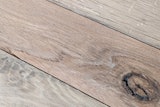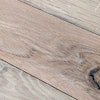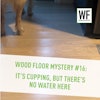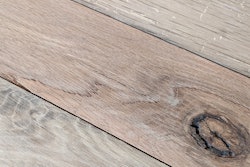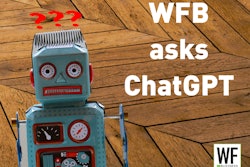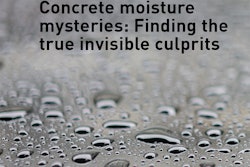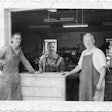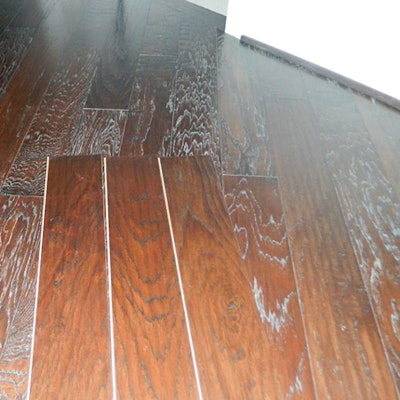
Contamination from construction and drywall dust in hand-scraped, wire-brushed, textured, open-grain or beveled-edge products is becoming more common as these flooring products see increased popularity and use, and questions about how to remove the contamination have also become commonplace. Contamination of textured grain areas can occur as a result of insufficient protection during construction, when drywall dust and other airborne construction-related materials become embedded in the wood grain. Or it can result from improper maintenance, when drywall and/or construction dust, mixed with cleaning solutions, infiltrates the textured grain areas and dries. This mixture turns into a hard, light-colored, paste-like substance, coating the textured grain areas within the boards. On darker boards in particular, the condition can be highly visible.
How to prevent contamination
Of course, the best option is to prevent the contamination from happening in the first place. Preventive measures include the following:
• Thoroughly vacuum the floors prior to covering to remove dirt, dust and debris. Use care to ensure the vacuum cleaner has a brush head, not a power head, so the floor is not damaged.
• Do not use cleaning solutions prior to thorough vacuuming of construction and drywall dust. Use a vacuum cleaner with high-suction and HEPA filtration so dust does not blow back into the space, and use a vacuum head with a round brush to dislodge the contaminant.
• When cutting flooring with saws, ensure dust collection bags are in place.
• Cover the floor immediately after installation, following the manufacturer's guidelines. The wood floors should be covered completely with a suitable high-quality protective covering that has a vapor permeance rating of 1 perm or more. Do not cover with plastic or polyethylene sheeting.
• Do not tape protective covering to the floor, but do secure the edges of the covering where pieces come together so dust cannot migrate under the covering.
• Scheduling wood flooring installation as one of the last trades during new construction can help prevent excessive damage and contamination.
How to remove contamination
In the event a floor has become contaminated with dust/debris, there are options to possibly correct the issue depending on the severity of the problem. The first step is to remove as much of the contamination as possible with a vacuum cleaner and/or buffer with a vacuum. Using a buffer with a tampico brush (natural stiff bristle brush) can also help to loosen material from the grain or scraped areas.
RELATED: Clear Up Confusion About Wood Floor Maintenance
For heavily soiled floors, I find floor scrubbers (the Dirt Dragon by Basic Coatings and the Bona PowerScrubber work particularly well for smaller residential spaces) can achieve very good results in removing contamination from the wood flooring's surface. For specific operating procedures, always refer to the floor scrubber manual. The person attempting the cleanup must be extremely conscientious in following the machine instructions and properly maintaining the equipment. Care should also be taken when transporting the equipment in and out of the job site and when filling or emptying the machine to avoid damaging the wood or creating additional complaints.
After the floor has been properly cleaned via the buffer/vac system or the floor scrubber, the next step is to assess the overall appearance of the floor. If the contamination remains embedded, you will have to consult the flooring manufacturer for their specific recommendations.
Who's responsible?
Regardless of the cleaning outcome, the liability for contamination of textured grain falls on the customer, installer, GC, cleaning company or whomever it was that allowed the floor to be contaminated in the first place. Although people often try to blame the manufacturer, the root cause of the issue is improper floor protection or maintenance, not an inherent flaw in the design of the product or the quality of the flooring.











